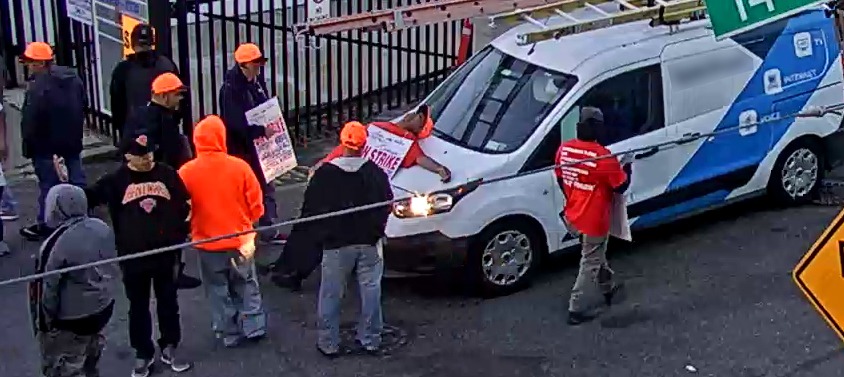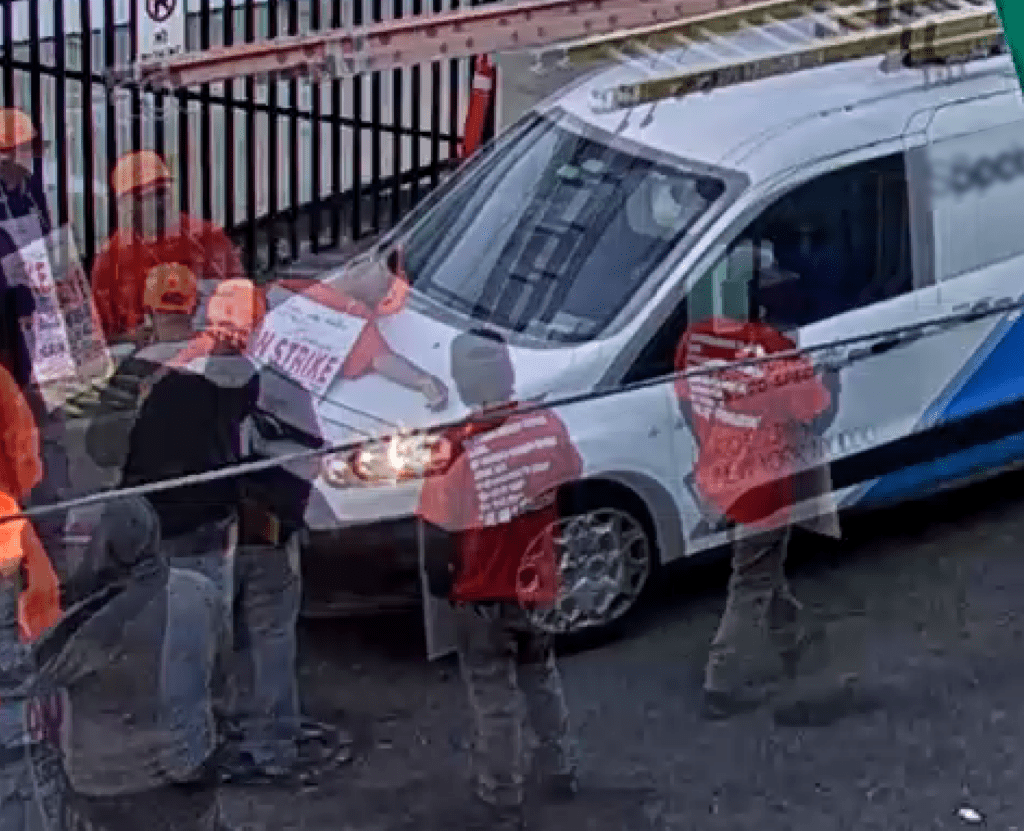Case Description
During a worker’s strike outside a depot, a line of work trucks attempted to leave for their routes. After coming to a stop at the picket line, they attempted to continue creeping forward. It was alleged that one of the protesters was hit, sustaining major injuries. Video of the incident was provided to ARCCA for review, but was noted as having issues during playback.
Steps Taken:
- ARCCA reviewed the video file sent by the client, and the subject incident was observed.
- It was noted that the properties for the video file listed the frame rate as 30.00 frames per second.
- A frame analysis report was generated, allowing ARCCA’s video examiner to determine the playback rate for the video.
- It was determined that the video file contained 5 P-frames for every I-frame. (An I-frame contains a complete updated image, while P-frames only update some areas of the image)
- Additionally, it was determined that the frame rate of the video file was not constant. While the P-frames were played back at approximately 0.25 seconds per frame, the I-frames were held for 2.75 seconds.
- The incident occurred during one of the 2.75 second gaps in the footage, making an exact determination of events difficult.

The frame prior to impact.

The frame after impact
Final Findings:
In order to display accurately, video must not only be encoded correctly, but also played back correctly. Not all media software is capable of playing back files in their original state, especially when the frame rate of the video is not constant. This is unfortunately a common problem, particularly when handling security camera footage. These systems often have several modes that will record at a higher or lower frame rate depending on how much motion is detected.
In this case, the video was encoded consistently, but the different types of frames were held for different periods of time. In one frame of the video, the pedestrian is standing in front of vehicle. The next frame shows him sprawled across the hood. If the investigator assumed the video was playing back at 30 frames per second, as reported by Windows, then they would find that the incident lasted only 0.033 seconds. If they had assumed it was the ~4 frames per second used for the P-frames, then they would conclude the incident lasted for ~0.25 seconds. However, with the information available to ARCCA’s investigators, it was determined that the incident took place over 2.75 seconds.
This timing information was crucial for determining the severity of the impact. Comparing the position of the vehicle before and after the 2.75 seconds shows that it moved a very short distance. While it is impossible to determine if the vehicle was in motion the entire 2.75 seconds, it quickly became clear that there would be insufficient force to cause the types of injuries being claimed.

Excerpt from the frame analysis report. The I-frames are labeled 1 in the key frame column. The time each frame is held is the rightmost column.

Overlay of the pre/post impact frames, showing the distance covered by the van in that time.
